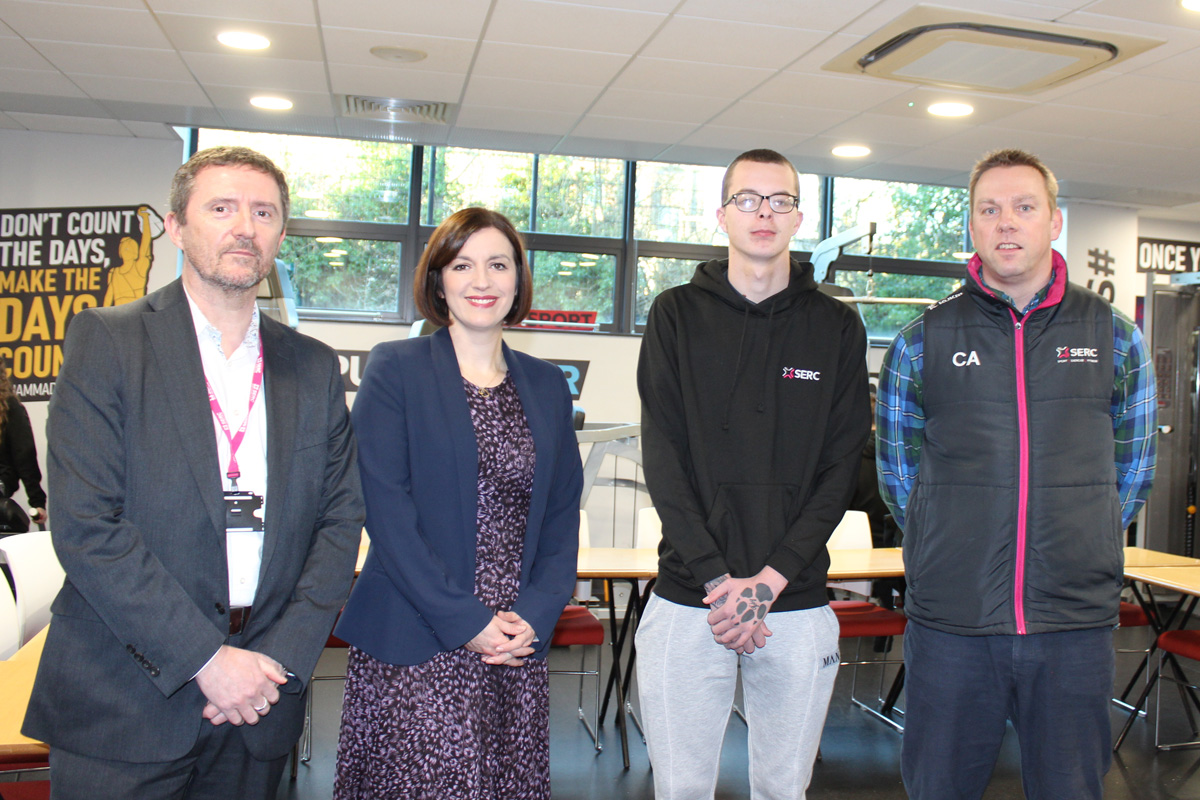What can colleges and universities do right now to support the “whole student”?

A recent study by our organization Upswing, an integrated student services organization dedicated to creating parity in the resources available to non-traditional and online students, determined that over 70% of the reasons students stopped out or dropped out of college were not academic.
Following that trend, in the fall of 2021 college administrators were surprised by the continued downward trend in enrolment.
When students were polled on why they would not be returning to campus as expected, the top choice in many student surveys was “personal reasons.”
At Upswing, we work with thousands of at-risk students, and we’ve found that academic success requires non-academic supports.
Supporting the “whole student,” especially for underrepresented or non-traditional students, may require a paradigm shift for many institutions.
Given that, we’ve identified five factors schools, colleges and universities can address to support the “whole student” and supplement traditional academic services with resources for mental health and wellness.
1. Offer Wrap-Around Services
According to a 2020 survey conducted by TimelyMD, 85% of college students say they continue to experience increased stress and/or anxiety as a result of COVID-19.
In order for students to achieve academic success, their mental wellness must be considered and supported. Institutions can achieve this by offering wrap-around services that address the entirety of the student experience, not just their classes and assignments.
These services may include campus-sponsored counselling but can also take the form of other non-instructional supports that ease students’ mental loads like regular meetings with a career counsellor, childcare and transportation services, and financial stipends.
2. Lower the Barriers to Getting Support
Even once wrap-around resources are in place, they are only beneficial to students if they are easily accessible. While traditional face-to-face meetings with advisors and counsellors will always be beneficial, it’s important to recognize that students today are looking for on-demand, mobile-first support.
A key component of supporting the “whole student” is lowering the barriers to asking for help and accessing resources. For example, investing in a virtual assistant is a great way to ensure that students can access the support they need when they need it.
Additionally, teletherapy options make it easier for a student to select a therapist with whom they feel most comfortable by offering a greater breadth of ethnicity, therapeutic modality, and scheduling flexibility.
3. Build Self-Care Into the Curriculum
When it comes to considering the “whole student,” pro-active self-care can be an effective way to help students manage stress, lower their risk for illness, and increase energy.
Simple daily actions focused on wellness — such as getting regular exercise, prioritizing sleep, focusing on positivity, and building relaxation activities into daily routines — can all make an impact.
Since students need non-curricular supports to achieve academic success, it’s natural for these supports to enter the virtual or in-person classroom.
For instance, one way to encourage students to engage in relaxation activities is to build them directly into coursework. This can look like starting or ending a class session with a breathing exercise or a brief guided meditation.
4. Augment In-House Services with Third-Party Partners
While in-house services provided to your students directly by employees of your college or university are a critical component of supporting the “whole student,” the campus-based resources you have may not be able to meet the demands of your student body.
According to the US News & World Report’s 2019 article, “More College Students Look for Mental Health Help on Campus”, the number of students receiving mental health treatment at schools has grown by 35% since 2014.
Although more students are coming for help, the number of licensed counsellors is not growing proportionately to meet this need. In fact, on some campuses, there is only one counsellor for every 4,000 students.
To ensure that your institution is able to provide the services—from tutoring to counselling to everything in between—that students need, consider partnering with a third party to augment these existing supports and help keep your students engaged.
5. Provide Supports for Faculty and Staff, Too
Finally, when supporting the “whole student” remember to provide supports for your faculty and staff, too.
A 2020 survey by the American Council for Education found that the top two most pressing issues for presidents at public four-year institutions were “mental health of students” (61%) and “mental health of faculty and staff” (42%).
Your faculty and staff must first take care of their “whole selves” in order to have the mental and emotional capacity to help your students.
If you are investing in wrap-around resources for students, it is worthwhile to also make them available to all members of your institution’s community.
While figuring out the best way to support the “whole student” can seem like a daunting task, starting with small but meaningful changes to your institution’s current practices can have a large impact.
With each wrap-around service that you implement, your students will feel seen as multi-dimensional individuals and will be more likely to achieve their educational goals.
Melvin Hines, CEO, Upswing











Responses